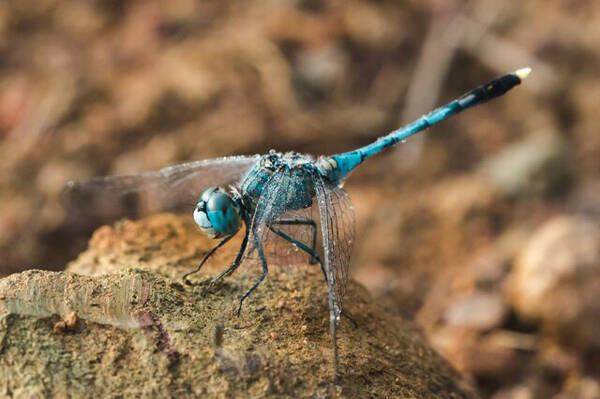The Australian dragonfly is the fastest flying insect on earth, the flying champion of the insect world, and the largest dragonfly in the world. With a length of 12 centimeters, it is the largest dragonfly among more than 5,000 species of dragonflies. Their bodies are very slender and in the shape of Cylindrical, the wings are thin and transparent, and the mesh veins on them are extremely clear. The eyes of Australian dragonflies are large and bulging, with 3 single eyes and a compound eye composed of more than 28,000 small eyes. Therefore, the eyesight of the Australian dragonfly is excellent. It can see objects in all directions up, down, front and back without turning its head.

The Australian dragonfly flies very fast. When sprinting short distances, it can reach a speed of 58 kilometers per hour. It is the fastest flying insect in the world. Not only that, they are also very capable of flying. They can turn around suddenly, fly straight into the sky, and sometimes fly backwards.

Australian dragonflies are not endemic to Australia; they are mainly found in South America. Australian dragonflies are carnivorous animals. The larvae prey on larvae and other small animals in the water. The adults prey on mosquitoes, flies, and sometimes butterflies, moths, bees and other pests. Due to their excellent eyesight, Australian dragonflies can accurately catch prey when it moves around them, making them the best insect hunters in the insect world.

The Australian dragonfly larvae develops in the water and breathes through the recto-tracheal gills in the water. It usually takes more than 11 molts and takes 2 or more years. After crawling out of the water along the aquatic plants, it emerges as an adult after the last molt. The larvae can prey in the water. Mosquito larvae or other small animals sometimes cannibalize each other. Adults usually fly around ponds or rivers to prey on flying insects. In addition to preying on mosquitoes and flies in large quantities, some can also prey on butterflies, moths, bees and other pests. Actually a beneficial insect.
There is also a giant Australian dragonfly called Austrophlebia costalis, which is said to be able to reach a speed of 97 kilometers per hour, but there is no modern confirmation.
animal tags:
We created this article in conjunction with AI technology, then made sure it was fact-checked and edited by a Animals Top editor.